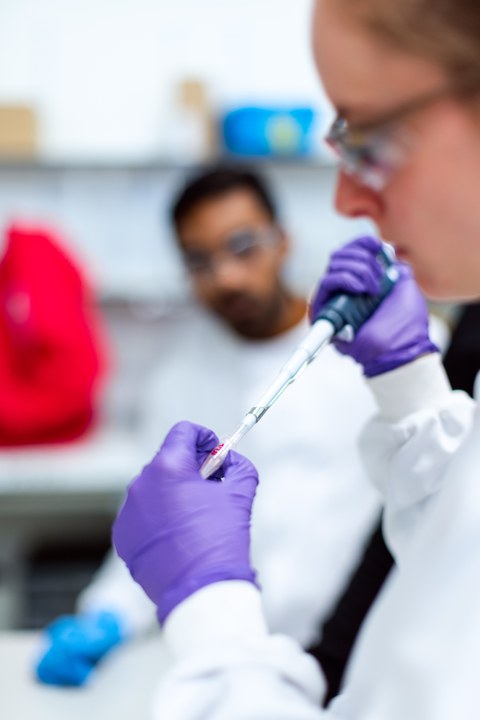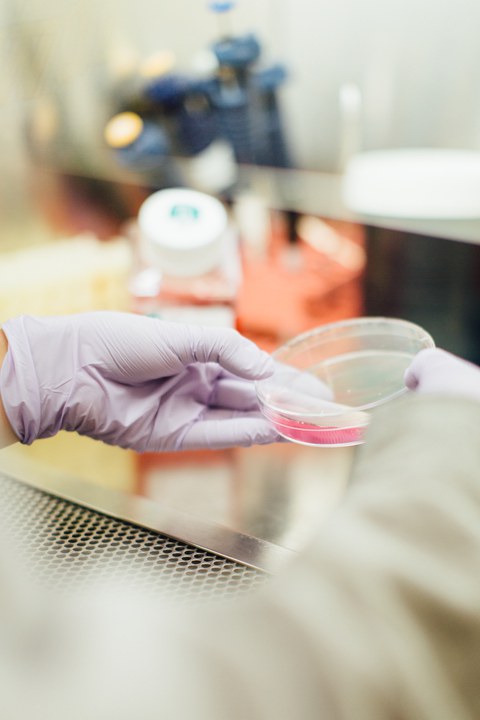ABOUT US
Nanocrystals (NCs) are excellent candidates to be used as fluorophores in biosensing applications due to their high thermal and photochemical stability, as well as the extraordinary optical properties. The role and functionality of NCs in biosensing systems can range from simple fluorescent tags to intrinsic sensors that utilize the photophysical response of NCs to the external stimuli. Due to their high color purity and exceptional emitting properties, they can act as donors, acceptors, or both in energy transfer-based biosensing systems, e.g., förster resonance energy transfer (FRET). They also provide great versatility for the design and fabrication of novel sensing platforms. To make use of colloidal NCs in practical sensing devices, the preparation of micro-/nanoarrays of NCs with device suitable thickness is necessary. Such structures with multiplexed functionalities are of a broad interest in the field of nanophotonics and cellular dynamics.
They can provide innovative experimental platforms to investigate biological interactions as well as FRET-based studies. Several strategies, including microdroplet inject-printing, microcontact printing, electro-hydrodynamic printing, and bubble printing, have been developed and reported to fabricate micro-/nanopatterned structures of NCs during the past decade. Among the various reported microfabrication approaches, direct patterning of NCs using electron beam lithography (EBL) has demonstrated itself as an attractive, highly accurate technique to produce geometrically defined multilayer features with high resolution and fidelity. Here in the "NanoCryst Sensorics" research-line, we have focused on direct EBL of colloidal semiconductor NCs. These nano-patterned structures can be utilized as innovative experimental platforms to investigate biological interactions and biomolecular studies or be adopted in multiplex FRET-based biosensing applications.


